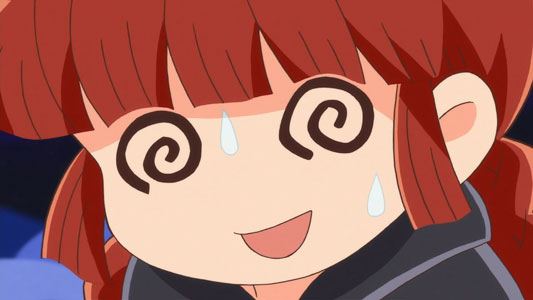In Japanese,
koto aru ことある means something "exists" or "happens," or can happen, might happen, or that it has "happened," or that someone "has done" something before, as opposed to have never done it. Variants include
koto ga aru ことがある and
koto wa aru ことはある.
Literally, it's the combination of the
light noun koto こと plus the verb
aru ある, "to exist." Grammatically,
koto is qualified by an
adjective, such as
relative clause, so it can abstractly refer to "a kind of something," and then the
aru says that kind of something exists or happens.
The opposite is
koto nai ことない: "doesn't exist," "doesn't happen," "never done it."
Depending on the adjective qualifying
koto, the meaning changes.




